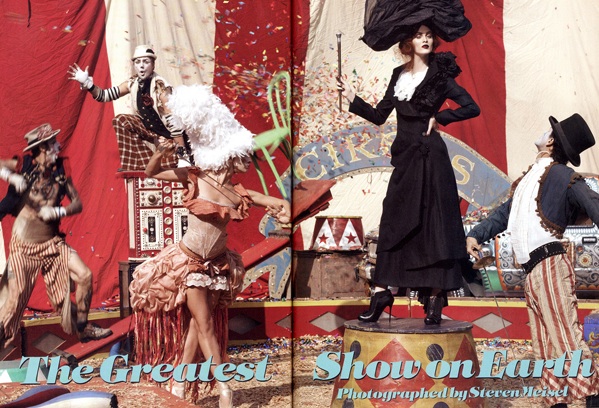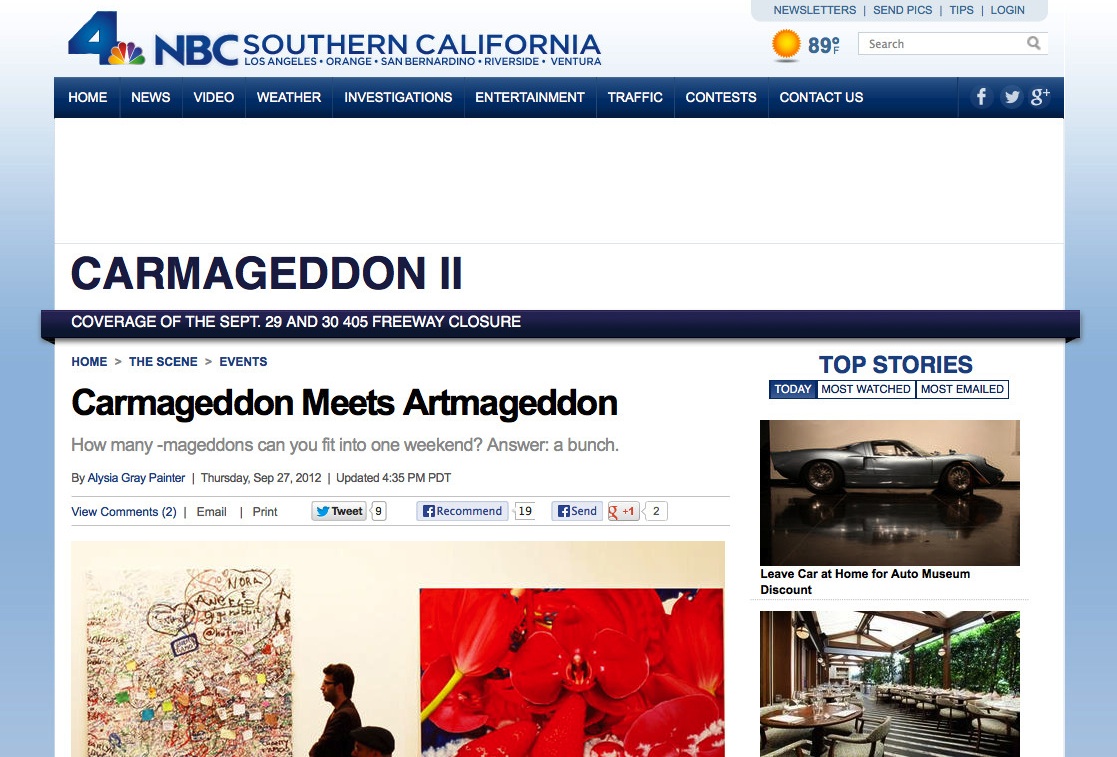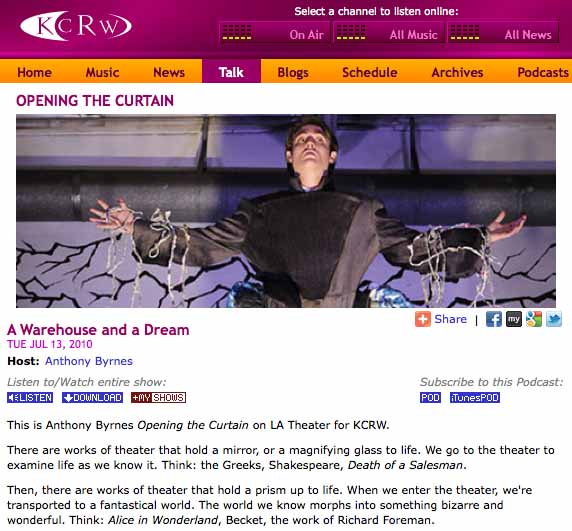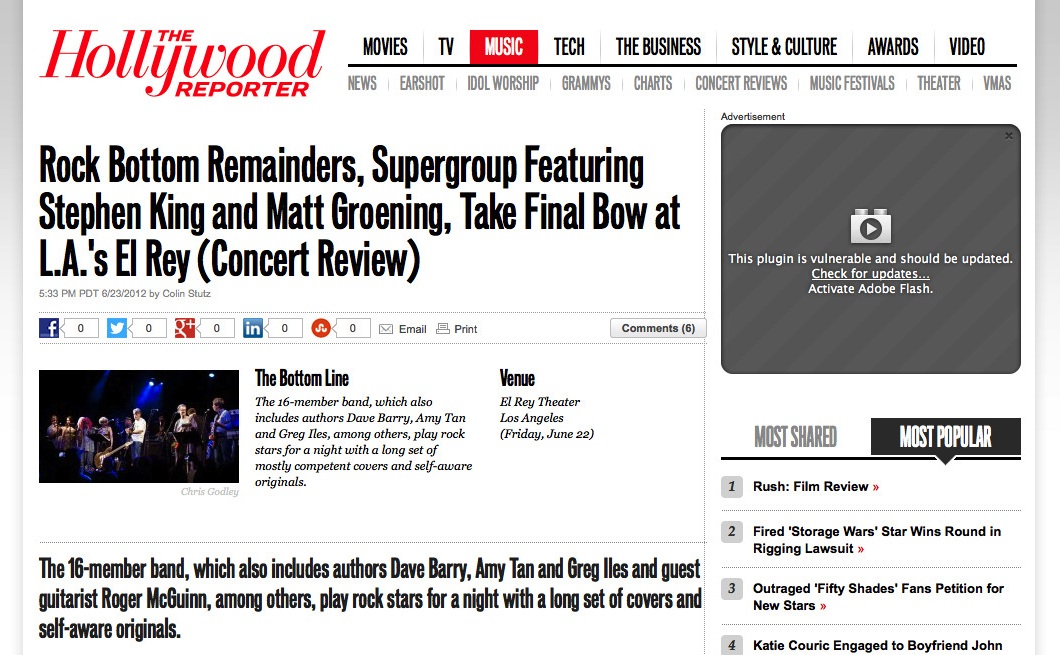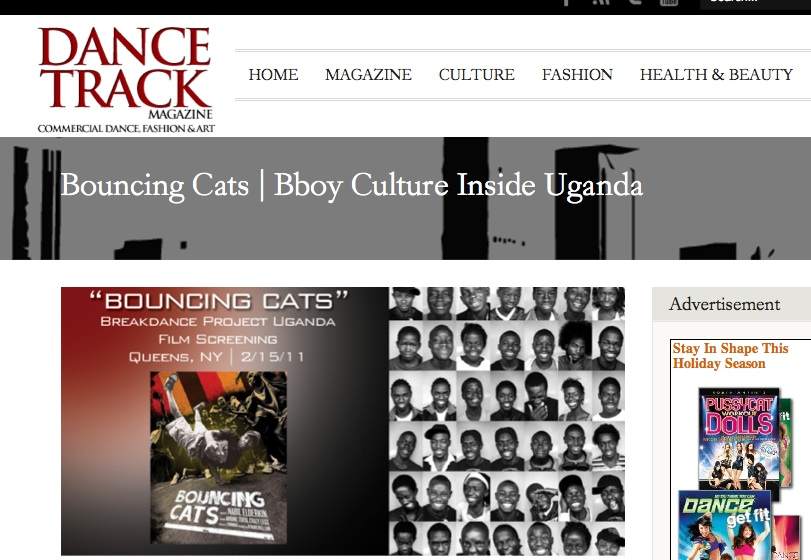-
For Immediate Release:
Tirgan, North America’s Preeminent Hub for
Persian Arts and Culture,
to Unveil Filmed Version of The Scarlet Stone,
A Multidisciplinary Dance-Theatre Production
Merging Modern Aesthetics with Persian Traditions
Screening Free Online for One Month
October 1 – 31, 2021
+
Special Live Online Q&A Event on Sunday, October 10 with Composer/ Director Shahrokh Yadegari, Choreographer/dancer Shahrokh Moshkin&;Ghalam & Persian Scholar Ahmad Karimi-Hakkak,
Moderated by Renowned Theatre Director Peter SellarsLOS ANGELES, CA – September 15, 2021 [UPDATED Oct. 1, 2021] – Tirgan, North America’s preeminent hub for Persian arts and culture, is proud to announce the virtual presentation of The Scarlet Stone, a multidisciplinary and collaborative music/dance/animation work that merges expressive modern aesthetics with Persian traditions. Composer/DirectorShahrokh Yadegaricreated this profound cultural experience in conjunction with dancer/choreographerShahrokh Moshkin Ghalambased on theShahnameh by Ferdowsiand the last work of Siavash Kasrai,Moher-ye Sorkh(The Scarlet Stone). The piece uses a contemporary rendition of ancient Persian mythology by Ferdowsi and Kasrai to reflect on the 1979 Iranian Revolution aftermath.

The Scarlet Stone features stunning performances by acclaimed artists Gordafarid, Afshin Mofid, Ida Saki, Miriam Peretz, and Moshkin Ghalam as Sohrab. The 80-minute program—in Persian with projected English subtitles— was performed live in 2015 when it debuted on stages in San Diego, Toronto, and Los Angeles. Filmed to reach a global audience—at UCLA’s Royce Hall—the online presentation will be available from October 1 to October 31, 2021, and will be free to watch. A trailer can be seen here.
On Sunday, October 10, a very special online presentation will take place live at 2:00pm PST (5:00pm EST). The director will be joined by Moshkin Ghalam and Persian scholar Ahmad Karimi-Hakkak for a literary and artistic discussion about the material, moderated by acclaimed theatre director Peter Sellars. Expected to run 90 minutes, the presenters have intentionally situated the Q&A event ten days into the screenings to give fans a chance to view the film before this interactive deep dive. Audience members will be able to pose questions for the speakers and artists and hear their personal commentary on the work. The month-long screenings and one-time live discussion will be available for free at https://tirgan.scarletstone.com. To learn more about The Scarlet Stone, please visit http://scarletstone.com.
The Scarlet Stone participants for Sunday’s roundtable and Q&A (clockwise from top left):Shahrokh Yadegari (Scarlet Stone Director), Peter Sellars (Moderator), Ahmad Karimi-Hakkak (Scholar), and Shahrokh Moshkin Ghalam (Dancer/Choreographer). 
The Scarlet Stone
Using state-of-the-art technological approaches in presenting an ancient art form, The Scarlet Stone has pioneered a new multi-disciplinary dance-theatre language in the performative arts of Iran. Bridging traditional artistic values with expressive modern sensibilities, the work uses a contemporary rendition of ancient Persian mythology by Ferdowsi and Kasrai to portray the struggles of the people of Iran in the past 40 years, especially those of the youth and women, in their brave quest for freedom and democracy, narrated through poetry, music, dance, and interactive design.
The Scarlet Stone takes its audience on a visual journey ripe with vivid stories, vibrant costumery, passionate expression, captivating music, gripping characterization, and graceful dance rooted in the beauty of Persian culture. With its high-quality recording, The Scarlet Stone can enrapture theatre fans, arts and culture buffs, and all who appreciate the exquisite art of storytelling. It beholds all of the facets of theatre performances one may yearn for in a live setting but can envelop virtually.
“The filmed version will allow audiences to connect with the emotional narrative deeper by seeing the expressions of the actors and dancers more closely,” explained Yadegari. “I hope that more people are able to view this filmed version, and more conversations are sparked about the past and present socio-political conditions of Iran.”

All Scarlet Stone photos by James Carmody. 

Multidisciplinary and collaborative, The Scarlet Stone incorporated live interaction between music, real-time video animation, and the movement of world-class dancers. The work depicts the story of Sohrab (a symbol for justice and equality in ancient Persian mythology) in an avant-garde form, who in Shahnameh is killed by his father, Rostam (the symbol of paternalistic power). The goal of the work, created by artists of the Iranian diaspora, is to serve as a catalyst for communication among Iranians, Iranian-Americans, as well as those interested in the evolution of political and social life in Iran.
The interactive video/animation and multi-channel traditional music fused with electronics provided a strong and meaningful context for a form of Iranian storytelling that historically was practiced in the street and coffeehouses around the country using paintings or drawings as the performance backdrop. In this piece, the ever-present tension between the old and the new manifests itself in a sense of awareness in the mind of the audience in relation to traditional roots and values, legitimacy of positions of power in the country, and progressive approaches of the youth to social justice.
“The work embraces modern and postmodern ideas without allowing the traditional values to take nostalgic form,” says Yadegari. “At the same time, contemporary forms of expression don’t dominate and thus usurp the message found in the ancient voices.”
In 2015, over 4,000 people attended Scarlet Stone‘s three North American performances, garnering a considerable amount of interest in Persian communities and all those interested in the arts and politics of Iran.

All Scarlet Stone photos by James Carmody. 
Peter Sellars & Shahrokh Yadegari Collaborations
Shahrokh Yadegari has collaborated on a number of projects with Peter Sellars, with the first being in 2002 for The Children of Herakles by Euripides. Yadegari’s recent work on this body so impermanent… (2021) involved a close musical and design collaboration with Sellars, Yu Likwai, (the celebrated filmmaker, Canne Film Festival nominee, Mingri tianya, Tin seung yan gaan), and Tim Squyres (a two-time Oscar-nominated editor; Life of Pi, Crouching Tiger, Hidden Dragon). It premiered on March 17, 2021 through UCLA.
Context
The 1979 Iranian Revolution is widely considered one of the most popular revolutions in history. Many groups from different political inclinations came together to oust Mohammad Reza Shah Pahlavi and, by December 1978, individual protests on the streets of Iran drew close to 10 million anti-Shah demonstrators. Historians have identified these events as potentially the largest protests of their kind in world history. After the consolidation of power by the fundamentalists shortly after the revolution, many groups who fought for the revolution, among them also the leftists who supported the theocratic regime, found themselves in a precarious position. Belonging to one such group, Siavash Kasrai had to flee the country and wrote The Scarlet Stone years later during his time in exile. This adaptation of The Scarlet Stone draws a parallel between the current sociopolitical climate of Iran and Arab rule in the region a thousand years ago, weaving old and new narratives, politics, as well as modern and postmodern aesthetics, all while maintaining a deep commitment to the traditional values of Persian poetry (the most cherished art form in Iran).
Poetry in Iran
Poetry is widely considered the most powerful form of artistic expression in Iran. Ferdowsi, author of the famous 10th-century epic Shahnameh (the “Book of Kings”), is celebrated as one of the most influential Persian poets of all time. Written over a thousand years ago, Shahnameh revived the Persian language by bringing the ancient oral mythology of the region into poetic form and documenting Persian history before the Arab invasion. Siavash Kasrai, one of the pioneers of 20th century poetry in Iran, conducted a politically active life with specific Marxist political inclinations. In his last major work, The Scarlet Stone, Kasrai portrays the struggles of his own life, the movement of the left, and what he believed to be an heroic act based on infatuation and righteousness, in the context of the most famous mythological story of Iran, Rostam and Sohrab.
Rostam is the most beloved and strongest hero of Iran, and Sohrab is his love child, whom Rostam kills in the battlefield in ignorance. The story of “Rostam and Sohrab” was originally preserved in the epic Shahnameh. In Kasrai’s work, the mythological character Sohrab confronts the author of Shahnameh, Ferdowsi, regarding his premature and tragic death, and ponders the meaning (or meaninglessness) of his futile quest for peace and justice. This question resonates with many who fought for the 1979 revolution.

All Scarlet Stone photos by James Carmody. 
Credits
Cast:
- Sohrab – Shahrokh Moshkin Ghalam
Shahrokh Moshkin Ghalam is widely acclaimed as a dancer, choreographer, and member of La Comedie Française who is credited with keeping Iranian Dance alive in America and Europe, at a time when it is forbidden in his own country.
See bio below and here: http://scarletstone.com/shahrokh-moshkin-ghalam.
- Storyteller, Ferdowsi – Gordafarid
Gordafarid is the very first female naqqal (Iranian epic storyteller) in the history of Ferdowsi’s Shahnameh, challenging conventional social norms.
See bio here: http://scarletstone.com/Gordafarid.
- Rostam – Afshin Mofid
Afshin Mofid is the only Iranian-born dancer to ever star in New York City Ballet productions under George Balanchine.
See bio here: http://scarletstone.com/afshin-mofid.
- Gordafarid – Ida Saki
Ida Saki was named New York City Dance Alliance’s outstanding dancer of the year and one of Dance Magazine‘s Top 25 to watch in 2013.
See bio here: http://scarletstone.com/ida-saki.
- Tahmineh – Miriam Peretz
Miriam Peretz has been a principal dancer with Inbal Ethnic Dance Theater Company, Wan-Chao Chang Dance Company, as well as a featured soloist in festivals throughout the US, Europe, and the Middle East.
See bio here: http://scarletstone.com/miriam-peretz.
Creative Team:
- Adaptation, Direction, Composition & Sound Design – Shahrokh Yadegari
See bio below and here: http://scarletstone.com/shahrokh-yadegari.
- Choreography & Costume Design – Shahrokh Moshkin Ghalam
See bio below and here: http://scarletstone.com/shahrokh-moshkin-ghalam.
- Set, Interactive Projections & Design – Ian Wallace
See bio here: http://scarletstone.com/ian-wallace.
- Lighting Design – Wen-Ling Liao
See bio here: http://scarletstone.com/Wenling-Liao.
- Cinematography, Editing – Norbert Shieh
https://scarletstone.com/norbert-shieh
- Stage Management – Zack Kennedy
https://scarletstone.com/Zach-Kennedy

All Scarlet Stone photos by James Carmody. 
ABOUT
Shahrokh Yadegari
Shahrokh Yadegari is a composer, director, and sound designer who has collaborated with such artists as Peter Sellars, Robert Woodruff, Ann Hamilton, Christine Brewer, Gabor Tompa, Maya Beiser, Steven Schick, David Schweizer, Lucie Tiberghien, Hossein Omoumi, and Siamak Shajarian. He has performed around the world and his productions, compositions, and designs have been presented internationally in such venues as Carnegie Hall, Festival of Arts and Ideas, OFF-D’Avignon Festival, International Theatre Festival in Cluj, Romania, Ravinia Festival, Ruhr-Triennale, Vienna Festival, Holland Festival, Forum Barcelona, Aga Khan Museum in Toronto, Japan America Theatre, The Pulitzer Foundation for the Arts, the International Computer Music Conference (ICMC), the Institut für Neue Musik und Musikerziehung (Darmstadt), Judah L. Magnes Museum in Berkeley, and Contemporary Museum of Art, San Diego.
Yadegari is on the faculty of the department of Music at UC San Diego. He is also an associate director at Qualcomm Institute (UC San Diego), where he is the director of the Sonic Arts Research R&D, and the Initiative for Digital Exploration of Arts and Sciences (IDEAS). See full bio here: http://scarletstone.com/shahrokh-yadegari.
Shahrokh Moshkin Ghalam
Shahrokh Moshkin Ghalam graduated from the University of Paris VIII with a degree in the History of Art and Theatre. He specializes in Middle Eastern folklore and mystical dance and has a deep interest in Indian, Indonesian, and Flamenco dances. Moshkin Ghalam joined the renowned Théâtre du Soleil in 1991, where he played lead roles in Ariane Mnouchkine’s productions of Tartuffe, La ville perjure, and Les Atrides. In 1997, he established the Nakissa Dance Company and created A Persian Night’s Dream, the Route of the Orient, Nostalgia or Ghassedak, the Seven Pavilions of Love (Haft Peykar), Omar Khayam, Les danses mythologiques, Mani the Buddha of Light, Rumi le brûlé, and Hafez.
He has appeared in Shakespeare’s Twelfth Night, directed by Christophe Rauck; Romeo and Juliette, directed by Lionel Briand; The Baccantes by Euripides, directed by Usevio Lazaro A Soldier’s Tale by Stravinsky La diva d’Auschwitz, directed by Antoine Campo A Streetcar Named Desireby Tennessee Williams, directed by Phillip Adrian; and Kidnapping at the Seraglio by Mozart, directed by Jérome Deschamps and Macha Makeïef. His directorial credits include Shakespeare’s Venus and Adonis in Persian (Zohreh va Manouchehr); Mardha va Chiz (Men and the Thing); and Kafané Siah (Black Shroud). Since January 2005, Moshkin Ghalam has been an official member of the Comédie Fançaise with appearances in Le Sicilien by Lully-Molière, directed by Jean-Marie Villégier La Maison des Morts by Philippe Minyana, directed by Robert Cantarella; and Pedro et le Commandeur by Felix Lope de Vega, directed by Omar Porras. See full bio here: http://scarletstone.com/shahrokh-moshkin-ghalam.
Ahmad Karimi-Hakkak
Ahmad Karimi-Hakkak, Emeritus Professor at the University of Maryland and an adjunct professor at UCLA’s Near Eastern Languages and Culture, is a scholar of Persian and Iranian studies. He received his doctoral degree in comparative literature at Rutgers University in 1979, taught Persian language and literature and Iranian Culture and civilization at the University of Washington for close to two decades, and was elected President of the International Society of Iranian Studies in 2003. In 2004 he was invited to the University of Maryland to establish the Center for Persian Studies, he did that before retiring in 2018. He is the author, translator, editor or co-editor of twenty-five books, among them An Anthology of Modern Persian Poetry (1978, Westview) Recasting Persian Poetry: Scenarios of Poetic Modernity in Iran (1995, University of Utah), Walking with the Wind, Poems by Abbas Kiarostami (Harvard Film Archive, 2001), Strange Times, My Dear (Arcades 2004), and most recently, A Fire of Lilies: Perspectives on Literature and Politics in Modern Iran (2019, Leiden University Press).
Peter Sellars
MacArthur Fellow Peter Sellars is a distinguished professor in the UCLA Department of World Arts and Cultures/Dance, where he has taught since 1988. Known for exploring challenging moral issues such as race, war, poverty, and the international refugee crisis through his work, his most notable courses include Art as Moral Action and Art as Social Action. Sellars has gained international renown for his groundbreaking and transformative interpretations of artistic masterpieces and for collaborative projects with an extraordinary range of creative artists across three decades. Sellars is the founding director of the Boethius Institute at UCLA, which invites scholars, activists, and artists to work together on projects of public significance, exploring radical ways to rethink relationships of communities and complex issues, using the arts as the point of entry and the point of transformation. See full bio here: https://www.wacd.ucla.edu/people/faculty/peter-sellarsTirgan
Tirgan is currently the world’s largest celebration of Iranian arts and culture, inspired by an ancient festival traditionally held in the month of July (the month of ‘Tir’ in the Persian calendar). The Tirgan Festival celebrates Iranian arts and culture through an array of artistic and literary disciplines including music, dance, cinema, theatre, history, literature, and visual arts. It’s held biennially at the Harbourfront Centre in Toronto and draws large crowds—over 150,000 visitors in 2015.

All Scarlet Stone photos by James Carmody. 
Links –
- The Scarlet Stone – http://scarletstone.com
- Tirgan – https://tirgan.ca
- Access to the month-long online screening & 10/10 live event: https://tirgan.ca/event/the-scarlet-stone
# # #
For more information, photos, a screening passcode, or to schedule an interview, please contact Green Galactic’s Lynn Tejada at 213-840-1201 or lynn@greengalactic.com.
Posted on October 1st, 2021 No commentsMore info...
Clients, Entertainment, Events, Film, Green Galactic, International Cultures, Press Releases, Theater, Tirgan Afshin Mofid, Ahmad Karimi-Hakkak, Dance, event, Film, Film Screening, Gordafarid, Green Galactic, Ian Wallace, Ida Saki, Lynn Tejada, Miriam Peretz, Moher-ye Sorkh, Multidisciplinary Dance-Theatre, Mythology, Norbert Shieh, North America, Online, Online Screening, performance, Persian, Persian Arts and Culture, Peter Sellars, PR, press release, screening, Shahrokh Moshkin Ghalam, Shahrokh Yadegari, Siavash Kasrai, The Scarlet Stone, theatre, Tirgan, Wen-Ling Liao, Zack Kennedy
- Sohrab – Shahrokh Moshkin Ghalam








